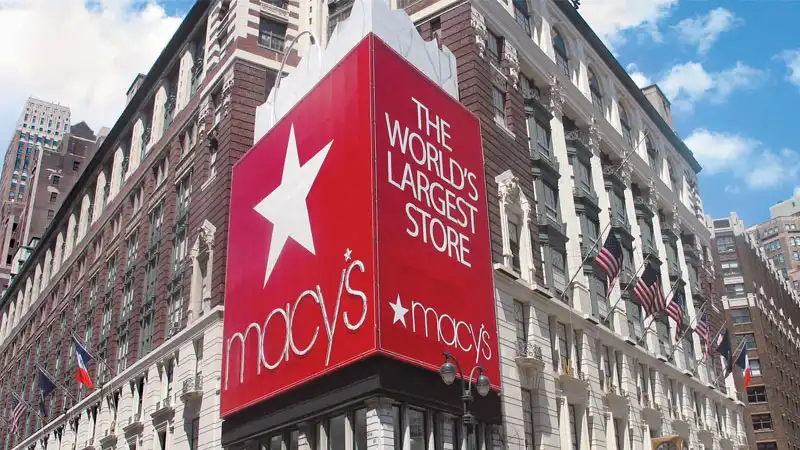Macy’s, the iconic American department store chain, stands at a crossroads. For decades, Macy’s has been a household name, synonymous with shopping sprees and holiday magic. However, the rise of e-commerce giants and changing consumer preferences have cast a shadow over the department store industry. Can Macy’s, with its vast network of physical stores and established brand recognition, adapt and thrive in this new retail landscape?
The Challenges of Tradition
The department store model, once a dominant force, now faces several challenges. The convenience and price competitiveness of online retailers like Amazon have lured away a significant portion of shoppers. Furthermore, large, sprawling stores can feel impersonal and overwhelming compared to the curated experiences offered by many online brands with strong social media presences.
Macy’s, like many department stores, carries the weight of a traditional business model. Maintaining expansive physical locations can be expensive, and the vast selection of merchandise can make it difficult to stand out in a market saturated with choice.
The Macy’s Makeover: A Bold New Chapter
Macy’s is not going down without a fight. The company’s “Bold New Chapter” initiative outlines a strategy for revitalization. A key focus is on revamping product selection, offering a curated mix of national brands and exclusive lines that cater to current trends and customer needs. This includes partnering with rising online fashion influencers to develop capsule collections, ensuring their stores carry the latest and most sought-after items. Think exclusive collections designed by TikTok or YouTube fashion stars that resonate with younger demographics.
The Future of Retail: Beyond Transactions
The future of retail is likely to be less about pure transactions and more about creating a compelling customer experience that aligns with trending preferences. Macy’s is exploring ways to leverage its physical stores as destinations, not just shopping grounds. This could involve hosting in-store wellness workshops led by fitness celebrities, offering personalized styling services with the help of AI-powered recommendation tools, or integrating technology to create a seamless omnichannel experience that blends online and offline shopping. Imagine browsing for clothes online, using Macy’s virtual fitting room app to see how they look on you, and then seamlessly picking them up in-store for a same-day touch-and-feel experience. Macy’s could even explore incorporating livestream shopping events, a trend popularized in China, where influencers host live shopping streams directly from stores, showcasing products and interacting with viewers in real-time.
The Macy’s Advantage: Nostalgia and Experience
Despite the challenges, Macy’s holds some strong cards. The brand has a rich history and a nostalgic charm that resonates with many consumers. Physical stores offer a unique opportunity to connect with customers on a deeper level, providing a sensory experience and the chance to discover new products in a curated environment. Macy’s can capitalize on this by revitalizing its iconic Thanksgiving Day Parade, incorporating elements of augmented reality that allow viewers to virtually interact with the floats and balloons. This would cater to the growing trend of immersive experiences and location-based entertainment.
The Verdict: A Story Yet to be Written
Whether Macy’s can successfully navigate this retail revolution remains to be seen. The company’s ability to adapt to changing consumer preferences, leverage its physical stores creatively, and offer a compelling omnichannel experience will ultimately determine its fate. One thing is certain: Macy’s story is far from over. The department store giant is at a turning point, and its next chapter will be a fascinating one to watch.



